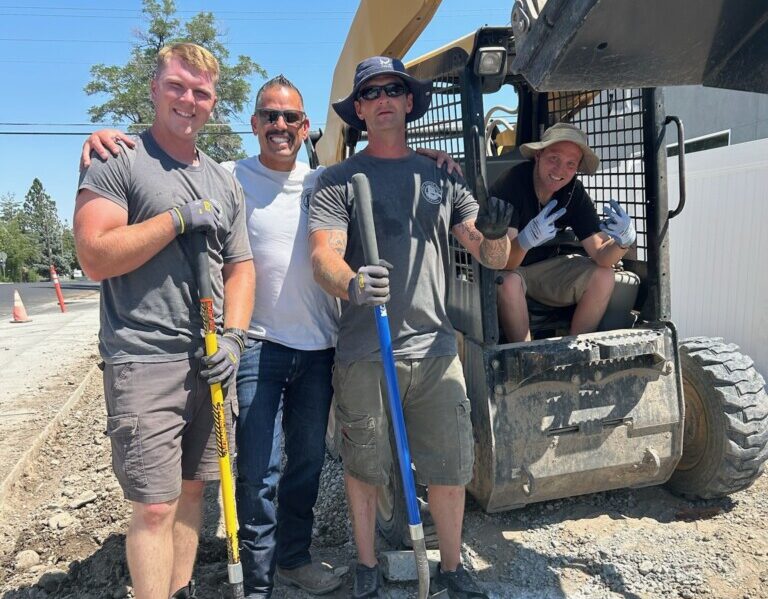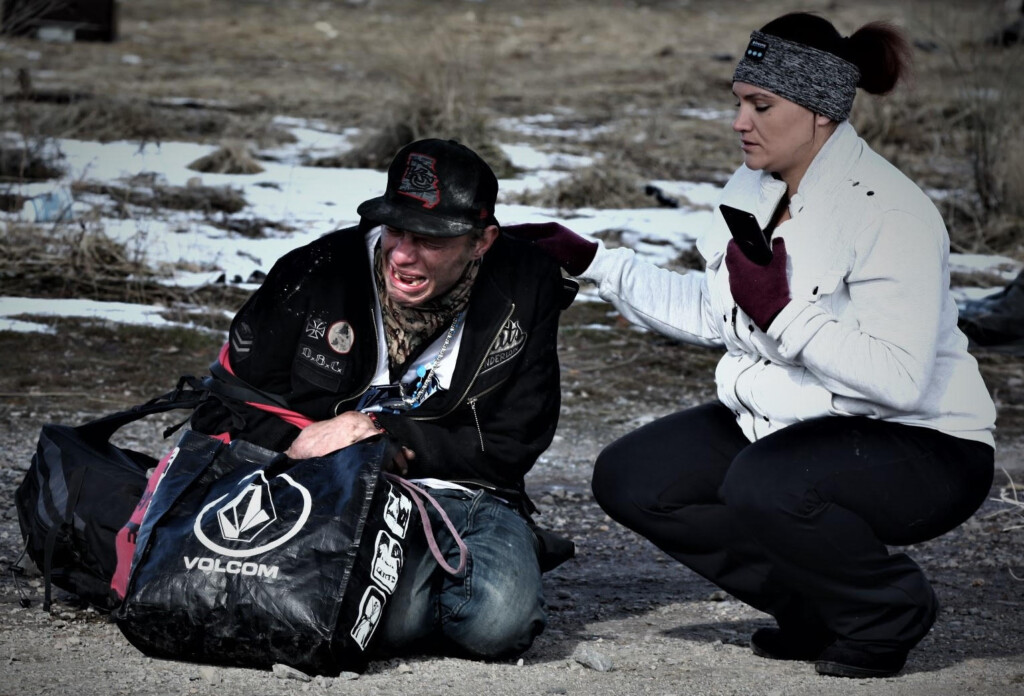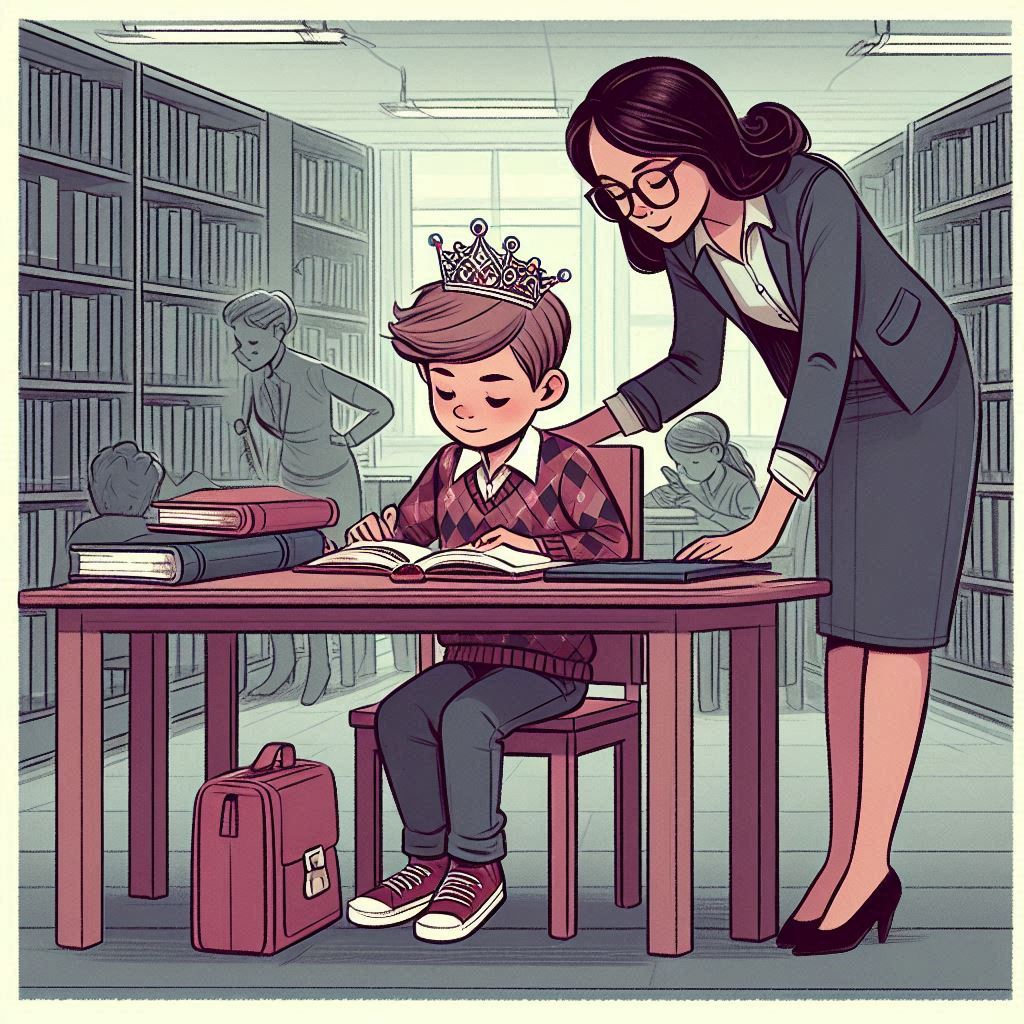The Struggles of Addiction and Family
Dylan Gibson describes a few days that made an enormous difference in his life. The first day was when he passed out on the sidewalk and overdosed. He had just robbed another drug dealer and stolen enough heroin to get very high. Living homeless on the streets of Salt Lake City, Gibson had become one of the drug traffickers who ran the streets, living each day as if it might be his last. “Yeah, there is a certain thrill to that life,” but Gibson had fallen much further than the distance from standing to face-down in the gutter. He and his brothers had been dealing and using drugs since they were just fourteen. Gibson witnessed his father being extremely violent and abusive towards his mother, “I watched him throw my mom through a plate-glass window.” His parents subsequently divorced, and he and his older sibling were then separated between parents. Gibson describes his parents, “My mother was a raging alcoholic, and my father lost an entire business due to cocaine use.” Gibson was then raised by his grandparents, who never really understood the extent of his drug use and trafficking while he was living under their care.
“I started selling drugs at thirteen or fourteen. We were really poor, and my brothers and I sold drugs because we realized that we could buy anything we wanted: clothes, vehicles, things like that..” Gibson explained on the Utah Stories podcast.
A Life of Crime and Desperation
From age fourteen until the age of twenty-seven, Gibson said that he was never really in much trouble. But he said, “I was a duplicitous person. I could fit in almost anywhere. When I was playing soccer, I fit in as a jock. But when I was dealing drugs, I was a drug dealer.” Gibson’s life then began to unravel due to an addiction to first Oxycontin which then turned into a heroin addiction. “I then began to lose everything that I had gained.” At age twenty-four, Gibson’s addiction began; two years later, he had lost everything, including his business.
“Within about a year, two years tops after starting heroin, I went from having some stability to committing criminal acts to maintain my addiction.” Gibson describes the addict’s mind, “It’s like you are sick and you are looking for that fix to try to get better. To try and get well. I was just trying to get heroin to stay not sick.”
Gibson said that he would do everything from stealing from his parents to stealing from grocery stores, robbing people to stealing cars. Every bridge is burned, and family members are fed up. “The population that is out on the streets today, are the same as I was. That is the population I am trying to work with today [at The Other Side Academy].”
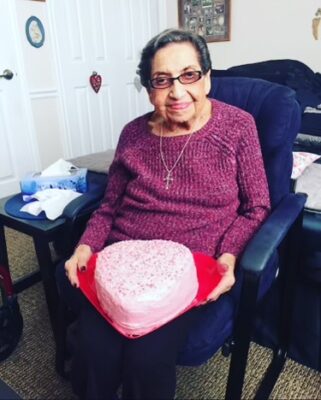
A Path to Redemption
Gibson said that there was just one person who still was trying to get him to turn his life around and get him into the right place, “That was my Grandma. She was the last one standing there. Even though I had stolen from her and I had made false promises to her. She was still there.”
Gibson had shown his Grandma some pamphlets from the Other Side Academy, and his Grandmother researched TOSA. “The reason she liked it was that my Grandpa was in the Air Force, and she said, ‘If it’s anything like boot camp, then you need to go.’ And I said, well, it is, it’s behavior boot camp.” Gibson said that he wasn’t ready for it, but his Grandma talked him into it, and he realized he was ready to do something different with his life. However, it was a long road ahead.
Gibson said he had been to jail or prison over 52 times. “52 times of not getting it right, going back and forth, and constantly getting it wrong. I realized that I had to become a different person.”
Gibson’s opportunities had narrowed, he was facing fifteen years with a massively thick record. “I realized that the easy thing for me to do would be to go to prison, I knew how to deal with life behind bars and get through that. But with the mentorship from one of the church leaders inside of the jail and from my Grandma telling me, ‘You’ve got potential! You’ve got potential’ I decided to make the move and write to TOSA.” Gibson said he made the difficult leap of entering the 30-month program where he would be required to transform into another person. If he failed he knew the consequence of up to fifteen years behind bars.
Gibson said that it still required nearly two years before he began to realize significant change at TOSA. “It took a lot of time because I still carried the same behaviors I had from when I was thirteen. I was a duplicitous kid.” Gibson said that it took sixteen months before he began to realize that he was becoming a different person but it was only due to the extremely transparent environment that TOSA encourages. “I was constantly being called out for being a liar, a cheat, a manipulator that I could then see those behaviors in myself.”
True Transformation
Gibson remarks that the first transformational moment was when Gibson was told directly to his face the life he had made for himself due to his own choices. The man who made these harsh observations was TOSA’s CEO, Dave Durocher – who also was a hardened criminal manipulator before he changed. “Dave pointed out to me what I had done to my life and my family. Nobody had ever talked to me that way before. That began to open my heart to show me that I needed to change.”
Gibson said that the difficult daily routine also made a tremendous difference. “They expect you to work hard here. To show up for your brothers and sisters in the Academy and represent the organization well. You can’t slack and you can’t come and let people down, because if you do, they are going to let you know about it.” As Gibson’s time at TOSA was nearing a conclusion at 30 months, he was realizing that the environment, the culture, and the people with whom he had developed friendships every day were not something he wanted to put into the rearview mirror. He wanted to stay involved, so he volunteered to become a staff member at TOSA, and he was accepted. “Right now, when my students are given the option to graduate and leave, we have 50% who choose to stay on longer…I did the same thing, it’s because we have this new direction, purpose, and mission in our lives. I asked to stay because I wanted to give back to this organization that had saved my life. Let me stay on for a third year, so I can give back to the younger students, so I can show them what is possible.”
Giving Back
Gibson remained at TOSA with a vision to initiate a construction company within the academy. “I had a vision to have a fleet of vehicles; we would have machines, we would have dump trailers; and all of the things needed to do high-end work. And that vision became true.”
Gibson said that he shared this vision with his longtime friend Jordan Holdaway, who also had a construction background. They have been setting goals for the past seven years, “We have just been smashing those goals! Our success rate has been incredible.” From residential projects to commercial projects, Gibson says they enjoy every new challenge and the opportunity to make their clients happy. They currently have a five-star average review on Google Business.
Men at TOSA had helped restore the mansion that they lived in at 700 East and 100 South. That restoration project required all sorts of skills, including laying tile, repairing old lath-and-plaster walls, and restoring old fixtures, fireplaces, and plumbing.
Gibson’s partner and General Manager is Jordan Holdaway. Both men have had construction experience, and both were interested in working together to take on more projects. Today, their team of eleven men bill out over $200K in projects per month. They have learned to do just about anything, including new construction. They completed, from start to finish, The Other Side Academy’s new donut shop located in West Valley. Gibson and his team had managed an incredible feat. They built a $1.5 million facility from the ground up. These successes are incredible feats. Now returning back to the story that resulted in Gibson’s initial hitting of rock bottom, which fortunately led him to TOSA.
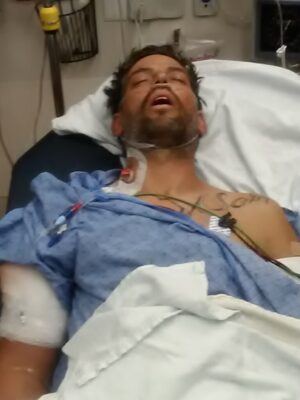
Looking Back
Just ten years prior, Gibson had passed out on the sidewalk in the Rio Grande district, “people were walking over my limp body.” Gibson says he was dying of a drug overdose. A premonition told his older brother that he was in trouble. “Somehow his brother got in his car, and his car drove right where I was in downtown Salt Lake City in the Rio District.” Something told his brother he was there. “He saved my life.” Gibson added, “ I had ODed, and I would have been dead had my brother not shown up and taken me to the emergency room.” Gibson’s brother had been his partner in crime for years. Gibson is trying to get his brother to join the same track he is on and join TOSA.
Gibson’s transformation from a drug addict and criminal to a successful and productive citizen is not uncommon at The Other Side Academy. The program boasts that 73% of those who enroll succeed. It’s also a program that receives zero support from the federal government and allows all of those who enter to receive free room and board and after 18 months a stipend, of “walking around money.” Students who stay 3 years, and complete a year-long financial class, can receive a lump-sum payment of $10,000.

